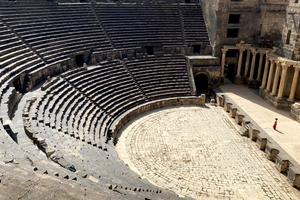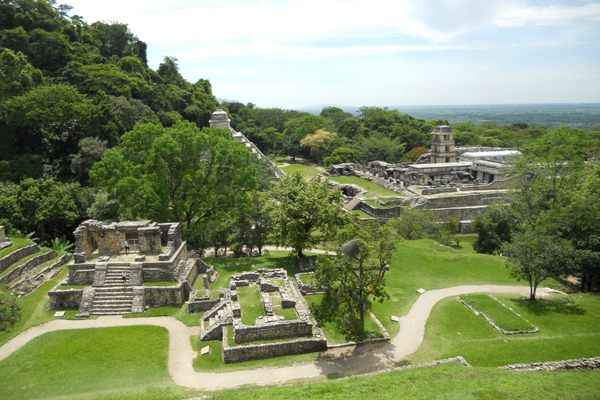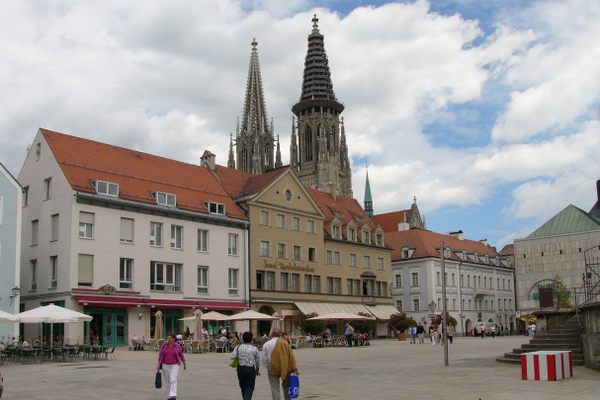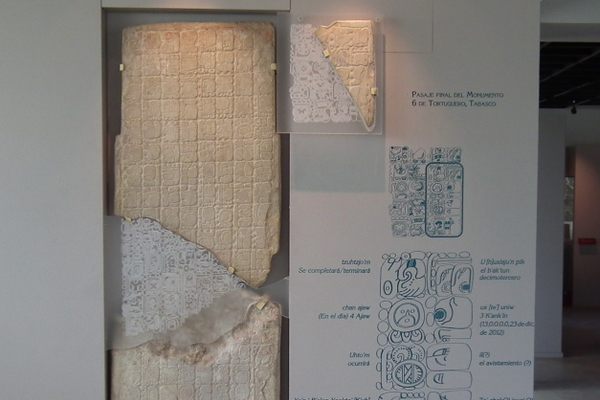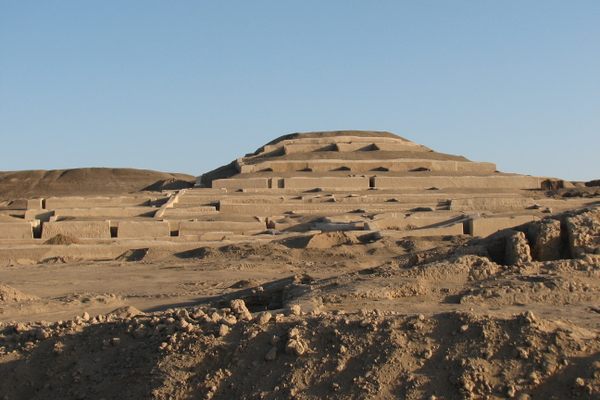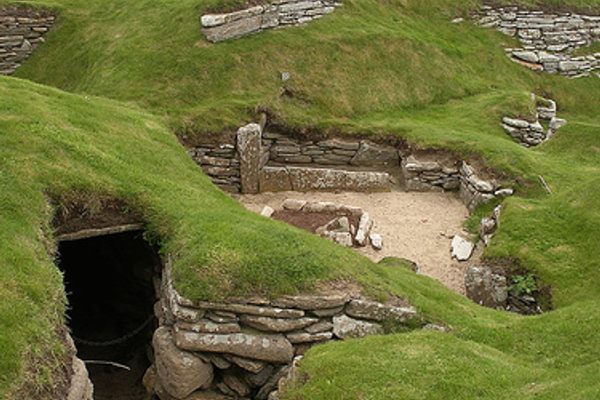About
Led by Queen Zenobia, a third-century ruler who was later taken to Rome and paraded through the streets in golden chains, Palmyra was a rich city on the Silk Road, a gateway to the West for travelers returning from the Orient. Under Zenobia's rule, Palmyra actually took territory from the Romans–and the short-lived Palmyrene Empire stretched from Turkey down to Egypt.
The empire lasted for thirteen years, and then Aurelian decided to take it back. He defeated the Palmyrenes and took Zenobia back to Rome, where she was accepted into society and eventually became a lively and much-admired Roman matron.
In 1980, it was declared a UNESCO world heritage site.
For most of the past few years, Palmyra was a small town with a large and lush oasis next to it; the ruins of the old city covered the plain for a good square mile. Beautiful Romanesque columns carved from the local golden sandstone marched down long avenues; in the early morning and early evening, the brilliantly blue sky contrasted strikingly with the warm tones of the stone and the long, deep shadows. It was an extraordinary place to visit, a reminder of a mysterious lost empire, worthy of pulp novels.
Unfortunately, in May of 2015 the area fell under the control of the Islamic State of Iraq and the Levant (Daesh), and its temples, monuments, and other buildings were subsequently blown up, razed, or otherwise destroyed. How much of it will remain after the conflict remains unknown.
Related Tags
Know Before You Go
Inaccessible due to the ongoing Syrian Civil War
Published
September 17, 2010
Sources
- https://news.artnet.com/art-world/syria-isis-palmyra-restoration-1338257
- Personal Travel
- http://en.wikipedia.org/wiki/Palmyra#Ancient
- http://www.theguardian.com/science/ng-interactive/2015/oct/05/palmyra-what-the-world-has-lost
- http://www.architectmagazine.com/technology/an-open-source-project-to-rebuild-palmyra_o














